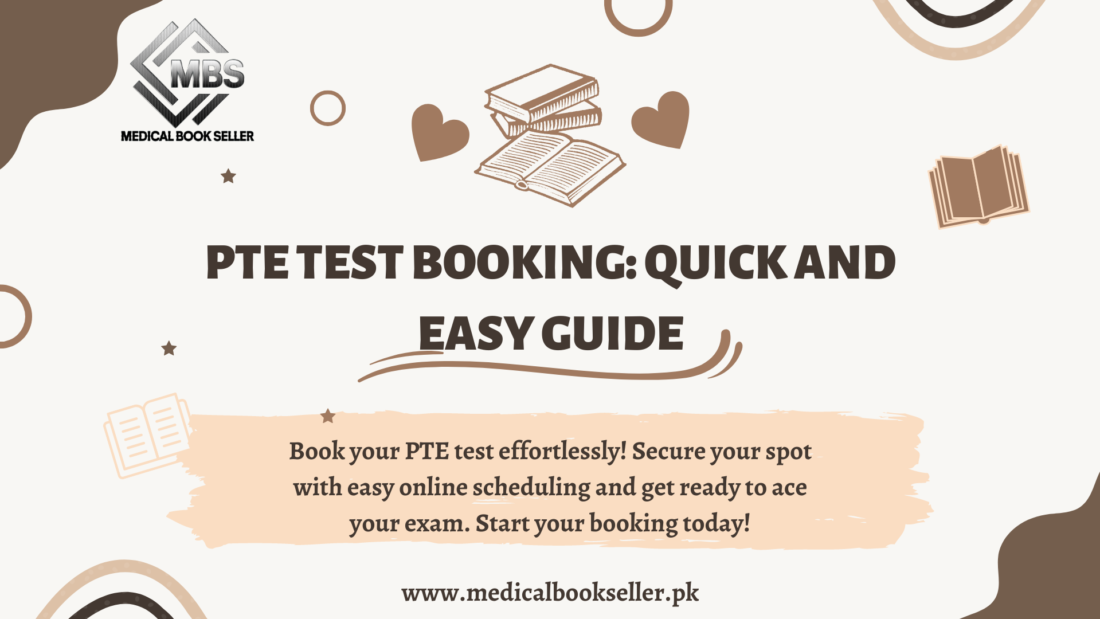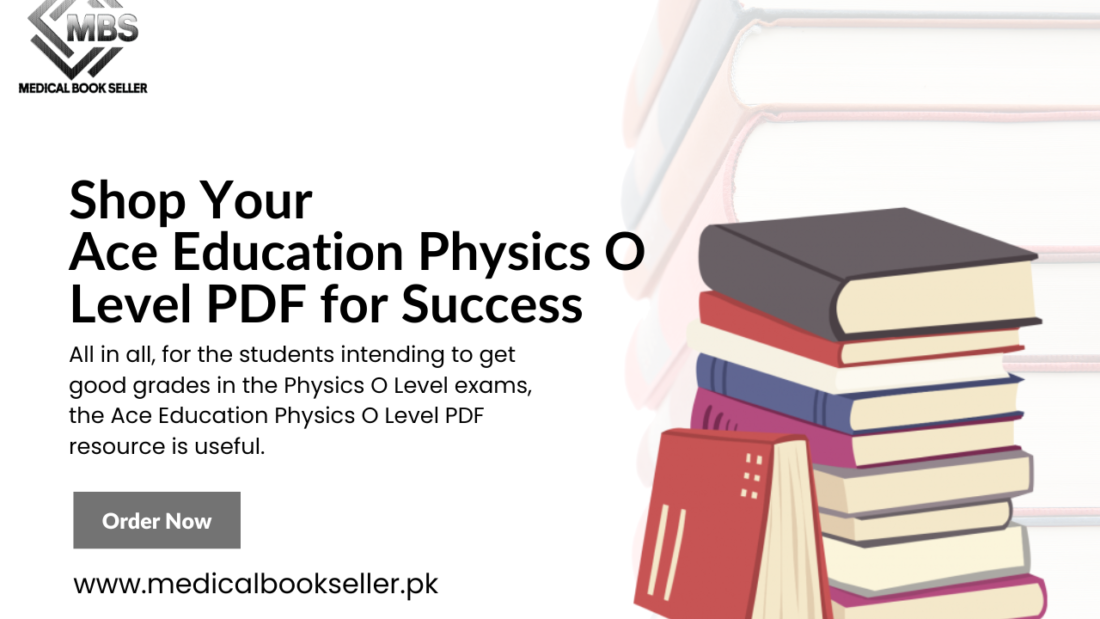Analyzing and understanding the fact that I am a Pakistani student, I have come across enough situations where students remain puzzled regarding the HEC LAT eligibility criteria. The Law Admission Test (LAT) is taken by the Higher Education Commission (HEC) to filter the contenders to provide them admission to law. It is important for the applicant who needs to secure a chance of being admitted to the most reputable law school. This article is your ultimate guide to the LAT eligibility criteria and each of the parts will be elaborated to make the contingency of this article clear for improving the preparation.
Introduction to HEC LAT Eligibility Criteria
The HEC LAT is relatively easy and it assesses the candidate’s conformity with the standard ideal for admission to a five-year LLB course. These are basics that must be done to help you start on the right footing in the world of law. As we proceed, this guide will give information on the various things that are related to this course, the academic standard, the age limit, and all that you will need to know about The HEC LAT eligibility criteria. By the time you complete reading this article, you will have gained enough information on what is expected of you to apply for HEC LAT so that you will be in the right standing with the commission.
What is HEC LAT?
That said, it would be helpful to know what HEC LAT is before we proceed to the guidelines concerning HEC LAT eligibility. The Higher Commission of Pakistan administers the Law Admission Test (LAT) which is a national-level entrance test. This has become compulsory for students who intend to study Bachelor of Laws (LLB) degrees in accredited institutions in Pakistan. It helps to evaluate the intelligence and preparedness of the candidates for the level of laws.
Importance of HEC LAT Eligibility Criteria
Hence, it can be seen that the HEC LAT eligibility criteria are very important in admission procedures. These are not mere formality since the standards are meant to warrant that only the rightful candidates with the right quality as well as potentials are allowed to study law. To this end, HEC has come up with the following criteria in a bid to retain high academic standards in the teaching of law in our countries.
Educational Qualifications
Minimum Academic Requirements
Pre-requisites such as education qualification stand the first and most important in the selection of a candidate for the HEC LAT. For one to qualify for the positions then he or she must have scored a fifty percent pass in their Higher Secondary School Certificate (HSSC) or its equivalent. This requirement assists in a way to ensure that any applicant has a sound academic qualification to do a law course.
Equivalency Certificates
Originally from an international country he has passed his matriculation examinations from an international board so he has to provide an equivalency certificate from the Inter Board Committee of Chairmen (IBCC). Since you are eligible under HEC LAT eligibility criteria this certificate confirms that your qualifications are approved by the Pakistani education system.
Age Limit
Is There an Age Limit?
Peculiarly, all the HEC LAT eligibility criteria don’t provide any barrier of age for any applicant. So, the LAT can be taken by any person who has completed high school education has a diploma, or has worked as a professional and fulfills all the other requirements.
Nationality and Domicile Requirements
Pakistani Nationals
As mentioned earlier, the HEC LAT eligibility criteria also demand that the applicants should be Pakistani citizens. This includes those who possess a valid Pakistani Computerized National Identity Card (CNIC) or B-Form.
Foreign Nationals
It is also open to foreign nationals to pursue LAT however, they have to fulfill the standards of HEC LAT. However, a holder must possess a valid passport, and residents in Pakistan are also required to show proof of residence.
Special Considerations
Reserved Seats for Minorities
As per the eligibility criteria, a certain number of seats are also reserved for minorities. This means that if you are from any of the disadvantaged groups, ensure to tick the box in your application to benefit from the set quota.
Quota for Disabled Persons
The HEC eligibility criteria also contain some provisions for disabled candidates. There are priority places and places set for disabled persons to afford every candidate the same chance.
Application Process
How to Apply
To be eligible for HEC LAT funding, some requirements need to be met and these include, the HEC LAT application form which can be obtained by filling out an online application on the HEC website. All fields should be filled in correctly and the documents necessary to be submitted are the educational certificates and CNIC.
Application Fee
There is always an application fee to be made in as much as one is applying for the LAT. It is a non-refundable amount that is so required as per the criteria to be paid as a part of processing fees.
Preparing for the HEC LAT
Study Materials
When you have established that you are eligible to write HEC LAT, the other thing that you will need to do is prepare for the test. Some of the study materials include past papers, textbooks, and updates from the internet.
Time Management
More so, students should be able to take their time in preparing for the LAT. Timely distribution of each part of the test will ensure that teachers incorporate all the topics that should be included in the syllabuses.
Common Mistakes to Avoid
Incomplete Applications
A mistake that many candidates make especially when applying for an advertised job is that they complete their application erratically. To be compliant with the HEC LAT qualification requirements it is necessary to check that all areas of the application are filled in and that all relevant documents are included.
Missing Deadlines
Another factor that is essential when applying for the HEC LAT is adherence to the application date. This means that you cannot submit your applications after the mentioned date, thus ensure you apply early enough.
Conclusion: Your Path to Success
Realization of the general HEC LAT eligibility criteria is the key to a proper legal career in Pakistan. In that way, you cover all the necessary actions, which lets you have a trouble-free experience in the admission procedure and makes you a successful candidate for one of the best law schools. Just bear in mind that HEC LAT eligibility criteria are set to provide high-quality education and standards to everyone who wishes to take the test as well as to challenge everyone who wants to take the test to become a lawyer in the future.
FAQs About HEC LAT Eligibility Criteria
Q1: What is the minimum educational requirement for HEC LAT?
A1: The minimum educational requirement is an HSSC or equivalent with at least 50% marks.
Q2: Is there an age limit for applying to the HEC LAT?
A2: No, the HEC LAT eligibility criteria do not specify an age limit.
Q3: Can foreign nationals apply for the HEC LAT?
A3: Foreign nationals can apply if they meet the HEC LAT eligibility criteria.
Q4: Are there reserved seats for minorities in HEC LAT?
A4: Certain seats are reserved for minority groups as part of the HEC LAT eligibility criteria.
Q5: What documents are required to apply for the HEC LAT?
A5: You must submit your educational certificates, CNIC or B-form, and an equivalency certificate if you have international qualifications.




















